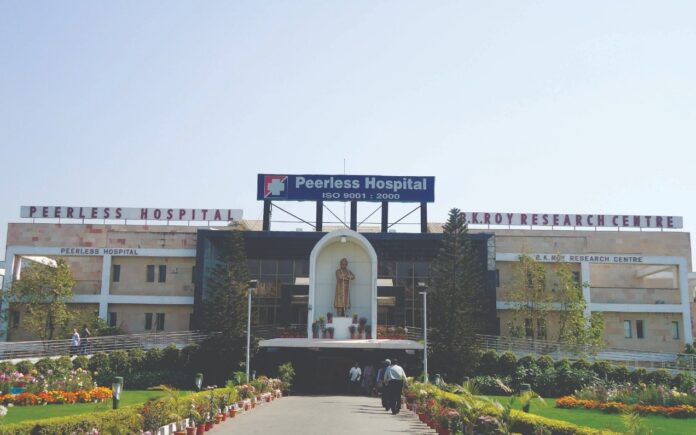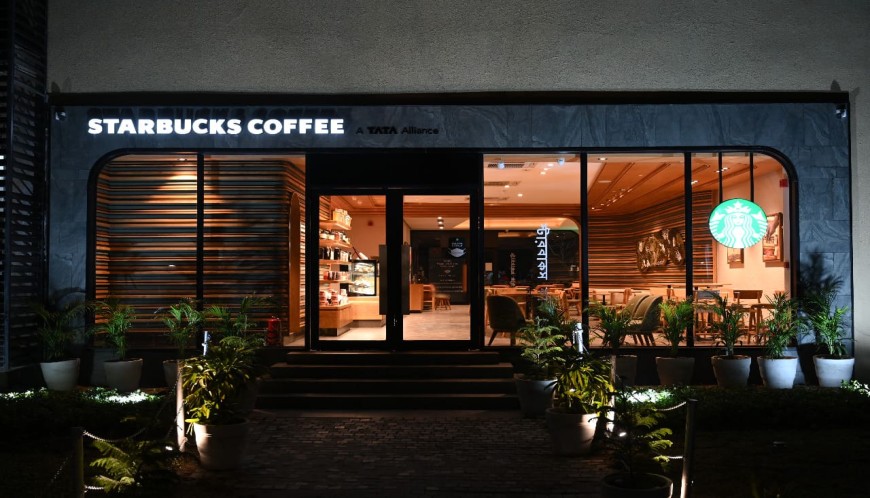New Delhi: The non-performing asset (NPA) rate against loan amount disbursed by scheduled commercial banks under the Pradhan Mantri Mudra Yojana (PMMY) has risen from 5.47 percent at the end of March 2018 to 9.81 percent by March 2025, Parliament was told on Tuesday.
Finance Minister Nirmala Sitharaman said in a written reply in the Rajya Sabha that the NPA rate on loan amount disbursed under the Pradhan Mantri Mudra Yojana (PMMY) for scheduled commercial banks by March 2025 is 2.19 percent, while it was 2.71 percent at the end of March 2018.
She said the PMMY scheme is primarily for those sections of the society that are outside the formal credit system due to lack of collateral, business experience, etc.
He said that the NPA rate under PMMY is higher than the average NPA rate of MSMEs as loans given under this scheme are without any collateral and are often given to new entrepreneurs who may lack business experience and expertise.
With regard to NPA for MSMEs, he informed that it was 3.60 percent of the outstanding amount as of March 2025.
Further, the NPA rate in loans given to the MSME sector including PMMY is due to several factors, including the overall performance of the borrowing institution, macroeconomic conditions, sectoral issues, global business environment, etc.
He said that the government has taken several steps towards effective implementation of Mudra Yojana, including publicity campaigns, simplification of application form, credit guarantee scheme, nomination of Mudra nodal officer, frequent review at various levels by the government and banks.
He said that targets are given by the government to the Member Lending Institutions (MLIs) to allocate state-wise targets as per their potential area.
Responding to another question, Sitharaman said as per data released by the Reserve Bank of India (RBI) on gross bank credit disbursal by major sectors, ‘loans against gold jewellery’ under the ‘personal loans’ segment grew by 71.3 percent during December 2024 as compared to December 2023.
However, the total growth in the said loans during December 2023 to December 2024 was Rs 71,858 crore, while the total growth in non-food credit was Rs 17,67,929 crore, which is only 4.06 per cent of the total incremental non-food credit during the same period.
She said ‘gold loans’ have been instrumental in promoting financial inclusion and providing access to credit, particularly to rural, MSMEs and disadvantaged groups. This is leading to new unbanked or credit seeking customers coming into the fold of formal credit channels including banks and non-banking financial corporations (NBFCs).
This provides protection to borrowers who might otherwise have turned to unorganised channels and fallen prey to exorbitant interest rates and biased credit agreements, he said.
He further said that adequate safeguards, necessary supervision and appropriate controls have been put in place by the regulator to ensure that credit growth across all types of loans including gold loans remains within the projected risk tolerance level.
The relatively higher share of gold loans in total loans taken by women borrowers is primarily due to the growing awareness among women borrowers and their view that the gold they possess can be used when required, he said.
He said that this also underlines the growing economic participation and financial inclusion of women, especially in rural areas, the increasing diversity in women’s credit needs ranging from entrepreneurship to personal financial management.
Further, he said that the Government of India has launched several schemes including Mahila Samridhi Yojana, Trade Related Entrepreneurship Support and Development (TREAD) Scheme for Women, Stand-up India, etc. to promote and provide viable and alternative sources of financing to women borrowers.
He said that gold prices in the global market are primarily influenced by demand and supply as well as other global macroeconomic factors such as inflation, government policies, global events, etc.
He said that gold is considered a stable asset as a counter-balance to inflation, resulting in attachment to gold as an investment/physical asset among common households. He further said that the demand for gold jewellery as a cultural necessity in the country is also a major factor in the demand for gold, resulting in India being one of the largest consumers of gold.
He further added that the increase in gold prices increases the value of gold, which increases the collateral value for taking loans when required.
He further added that although increased gold prices affect the purchasing preferences and reduce the purchasing power of households, including rural and middle class families, it also encourages households to look for alternative forms of investment.




